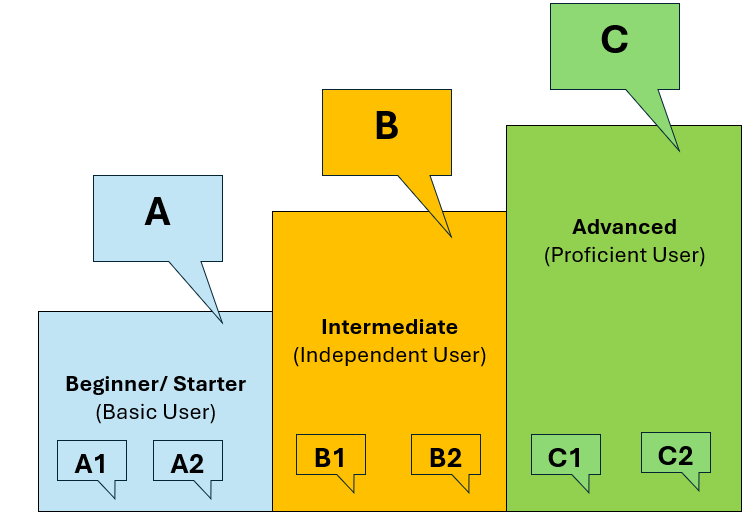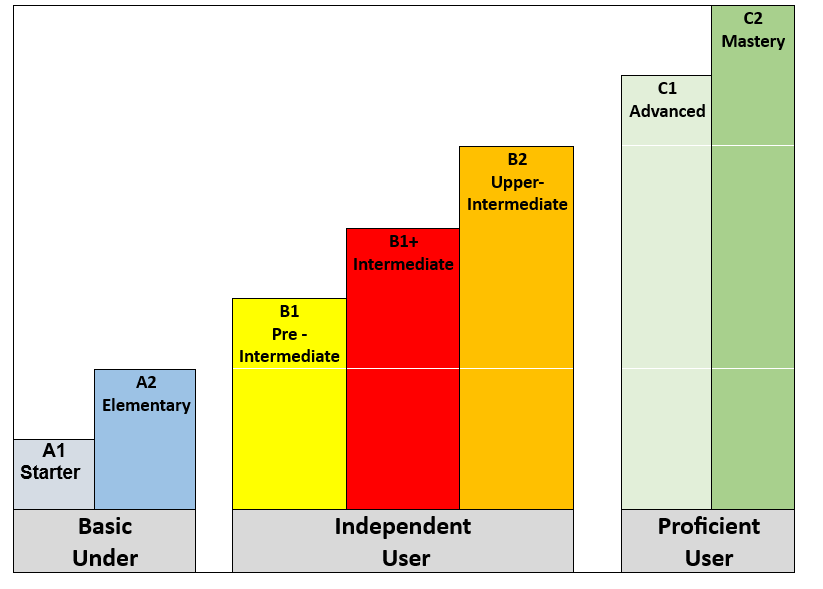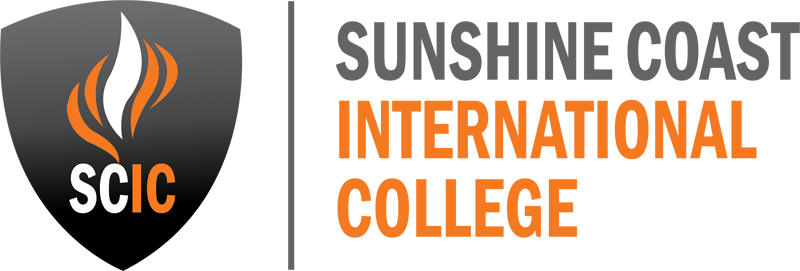A language proficiency scale or scoring system is a way to measure your ability to use a language such as English. It usually describes language skills at different levels, for example, from Beginner to Advanced. The language skills (the macroskills) are:
- Speaking
- Listening
- Reading
- Writing
Common language proficiency scales include:
- IELTS (International English Language Testing System)
- TOEFL iBT (Test of English as a Foreign Language internet-based test)
- TOEIC (Test of English for International Communication)
Note: The three examples above are also English tests as well as proficiency scales
The most popular language proficiency scale worldwide is the Common European Framework of Reference for Languages (CEFR). The CEFR was designed by the Council of Europe and describes language ability in many languages, not just English.

SCIC uses the CEFR to measure the English you have achieved when you complete your language studies.
How does the CEFR measure English language ability?
The CEFR categorizes proficiency into six main levels: A1, A2, B1, B2, C1, and C2, each with detailed descriptors of what you can do at each level in terms of speaking, listening, reading, and writing skills.

The CEFR uses different terms for the common words we use for English levels: Beginner, Intermediate, and Advanced

So, if you complete your studies at SCIC and finish the Upper Intermediate General English course, your completion certificate will show that you achieved CEFR level B2 and that you are an ‘Independent User’ of the English language.

The back of your completion certificate will show the descriptors, that is, what you can do at Upper Intermediate level for speaking, listening, reading, and writing skills.

For more information about the CEFR, refer to the following tow publications:
The Common European Framework of Reference for Languages: Learning, Teachings and Assessment



